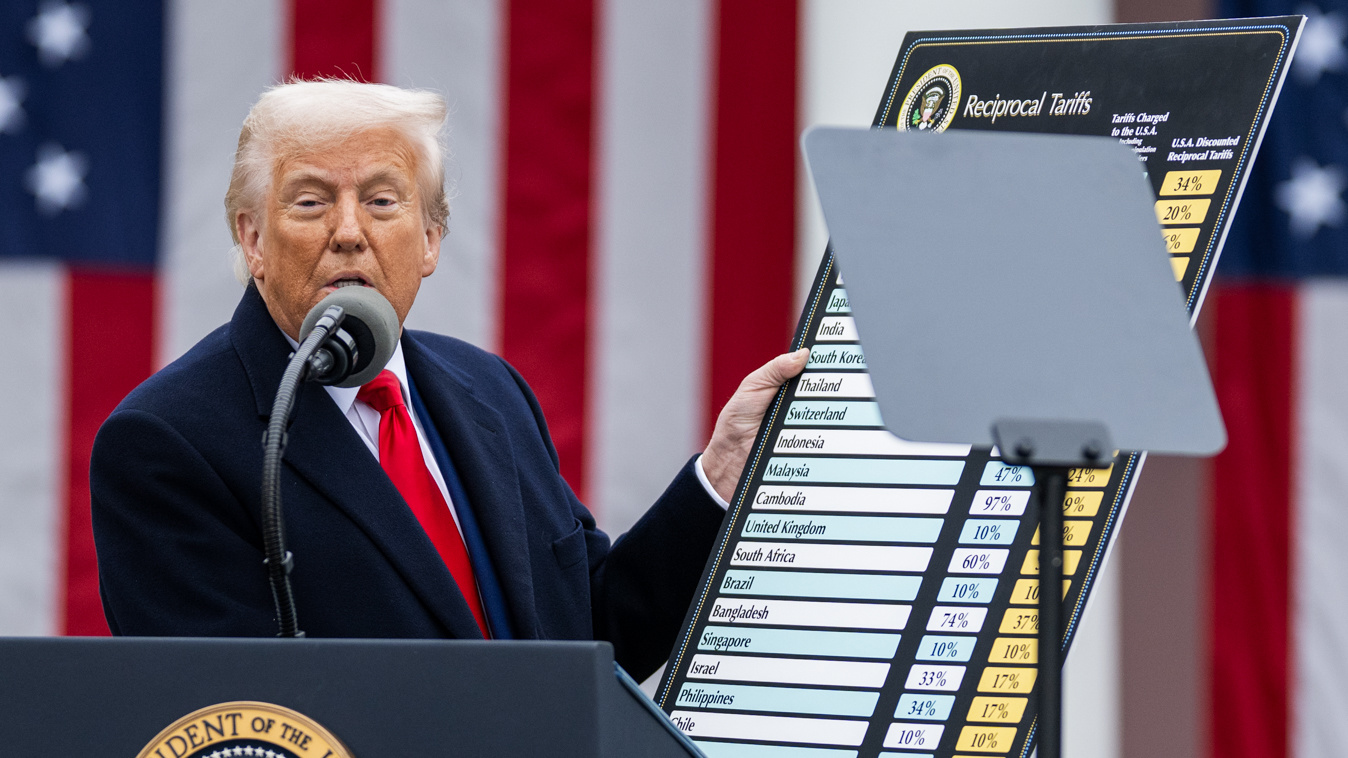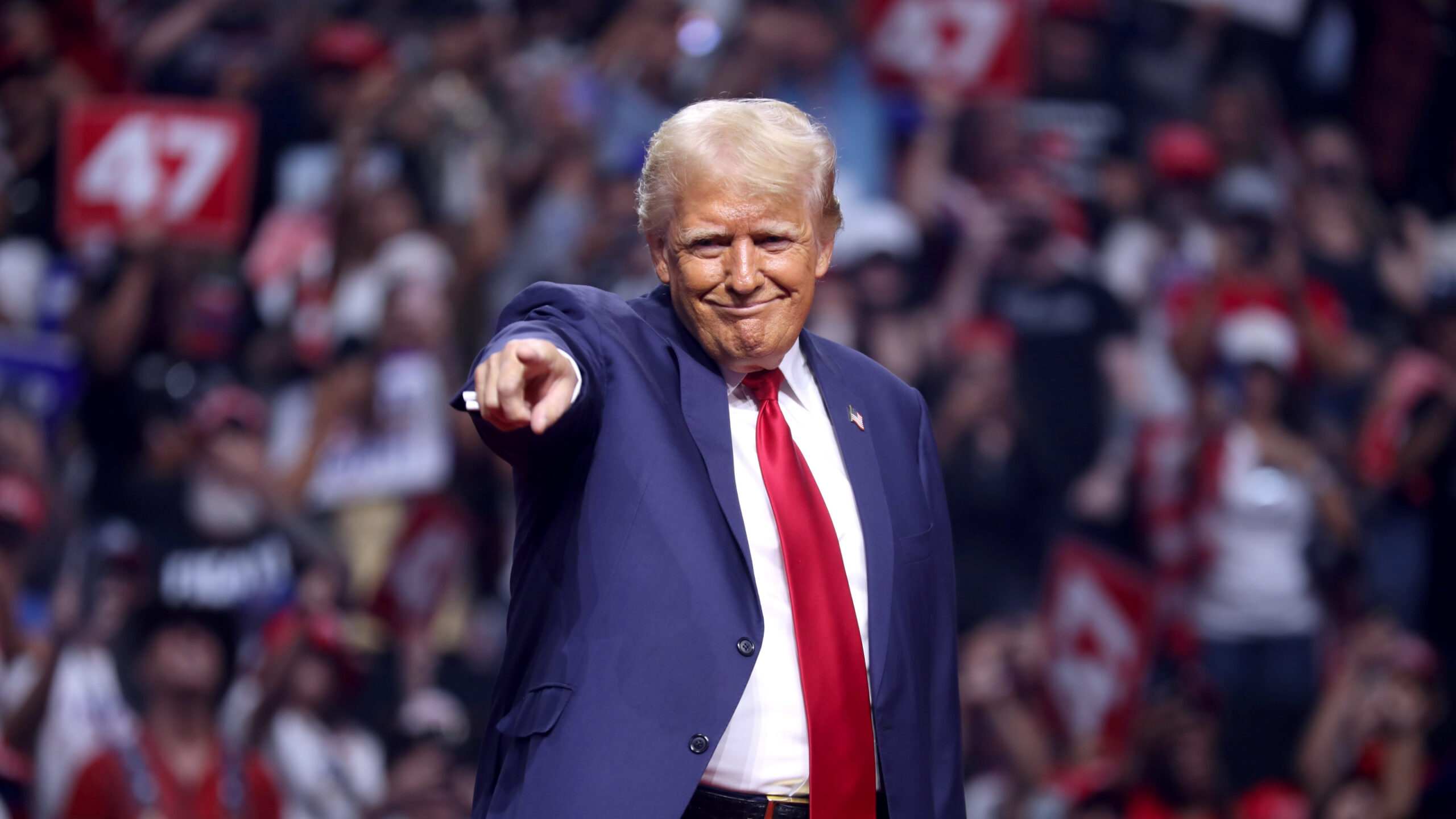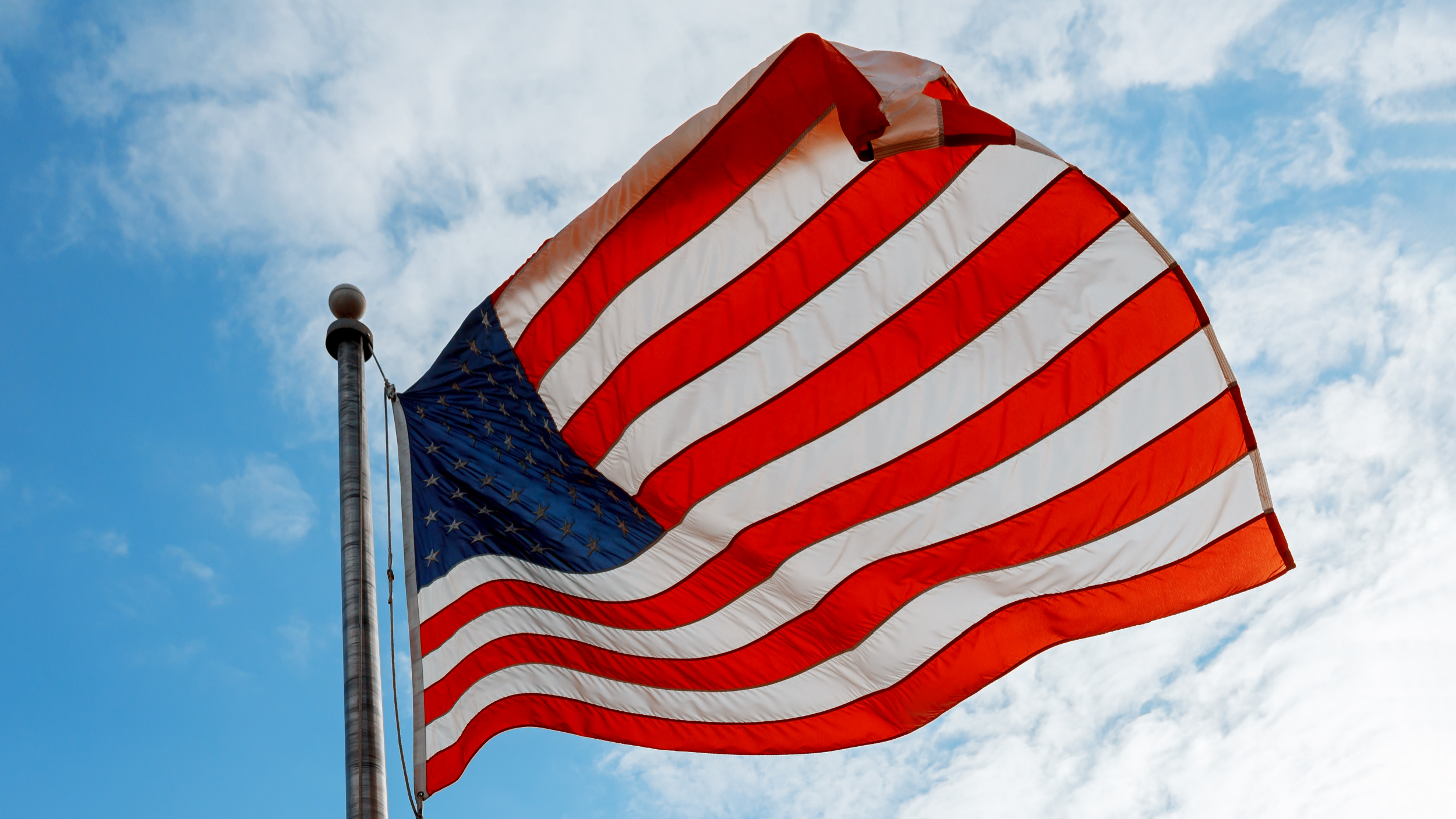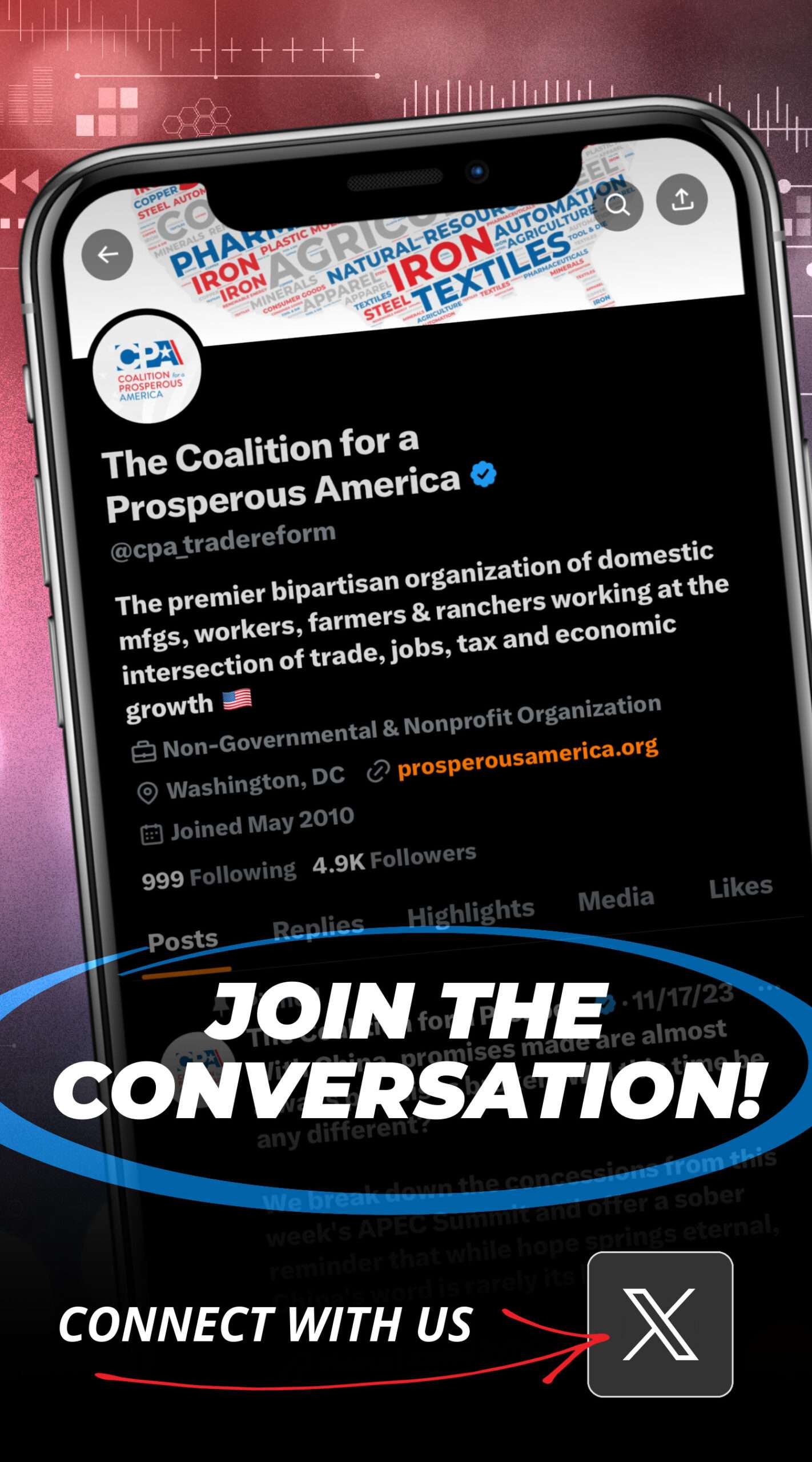
HICKORY, N.C.—In the late 1990s, this furniture-making hub seemed sheltered from the disruptive forces of globalization. Laid-off steelworkers from West Virginia, Tennessee and beyond streamed here for new jobs building beds, tables and chairs for American homes. The unemployment rate fell below 2%.
[Bob Davis and Jon Hilsenrath| Wall Street Journal]
These days, Hickory is still suffering from a series of economic shocks, none more powerful than China’s rise as an export power. The invasion of imported furniture drove factories out of business, erased thousands of jobs and helped drive unemployment above 15% in 2010.
Stuart Shoun, 59 years old, has been laid off three times since 1999. After one layoff, the Hickory machinist studied architecture at a community college but then couldn’t find a job and returned to the furniture industry. He makes $45,000 a year, the same as he did nearly 20 years ago and $14,000 a year poorer after adjusting for inflation.
Mr. Shoun ’s son, Steven, a trained furniture upholsterer, manages a junkyard and discourages his own son, now in college, from working in the industry that gave North Carolina the nickname “Furniture Capital of the World.” Steven Shoun says he blames “the people who run our country and who run our companies” for Hickory’s economic turmoil.
Mr. Shoun and his father say they favor Donald Trump for president, even though they don’t plan to vote. “I don’t think one vote will make any difference,” says Stuart Shoun.
When import booms from Japan, Mexico and Asian “tiger” economies such as Taiwan arrived in the U.S., many cities and towns were able to adapt.
China was different. Its emergence as a trade powerhouse rattled the American economy more violently than economists and policy makers anticipated at the time or realized for years later. The U.S. workforce adapted more slowly than expected.
What happened with Chinese imports is an example of how much of the conventional wisdom about economics that held sway in the late 1990s, including the role of trade, technology and central banking, has since slowly unraveled.
The aftershocks are sowing deep-seated political discontent this election year.Disillusionment with globalization has fed one of the most unconventional political seasons in modern history, with Bernie Sanders and especially Donald Trump tapping into potent anti-free-trade sentiment.
Both presidential candidates aimed much of their criticism at 1994’s North American Free Trade Agreement, which boosted imports from Mexico. Even then, though, the real culprit was China, economists now say.
Many U.S. factories that moved to Mexico did so to match prices from China. Some of the new Mexican factories helped support U.S. jobs. For example, fabrics made in the U.S. are turned into clothing in Mexico for sale globally by U.S. companies.
David Autor, a Massachusetts Institute of Technology economist who has studied trade, labor markets and technological change, calls China’s economy a “500-ton boulder perched on a ledge.” At some point, it would tumble and splatter what was below, but “you just didn’t know when,” he says.
Economists have long argued that while free trade creates winners and losers, the net results are beneficial. Americans gained from inexpensive imports and filled their homes with low-price bicycles, jewelry and kitchenware. U.S. companies won access to overseas markets.
Workers in industries exposed to imports were expected to upgrade their job skills or move somewhere offering fresh opportunities.
Japan’s invasion in the 1970s largely hit industries in cities with broad manufacturing bases on which to fall back. In Akron, Ohio, long the center of the U.S. tire industry, chemists trained at the University of Akron helped create a local polymer industry that employs tens of thousands of workers, said David Lieberth, a former Akron deputy mayor who chronicles the city’s history.
China upended many of those assumptions. No other country came close to its combination of a vast working-age population, super-low wages, government support, cheap currency and productivity gains.
Imports from China as a percentage of U.S. economic output doubled within four years of China joining the World Trade Organization in 2001. Mexico took 12 years to do the same thing after Nafta. Japan took just as long after becoming a major U.S. supplier in 1974.
By last year, imports from China equaled 2.7% of U.S. gross domestic product, a percentage point larger than Japan or Mexico ever won.
Japan’s import wave also challenged a limited group of advanced manufacturing industries, largely autos, steel and consumer electronics. China’s low-cost imports swept the entire U.S., squeezing producers of electronics in San Jose, Calif., sporting goods in Orange County, Calif., jewelry in Providence, R.I., shoes in West Plains, Mo., toys in Murray, Ky., and lounge chairs in Tupelo, Miss., among many other industries and communities.












